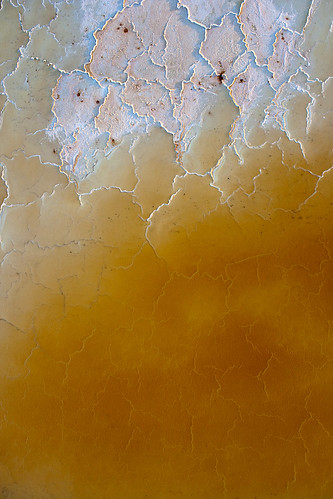perhaps the oldest in australia, this rock painting shows an extinct bird, the genyornis.
a visual representation of the earth’s geologic timeline, including aspects of ancient geology we live with in the present day.
behold: the latest installment of the spitzer science center’s web series for kids. starring amy okuda from ‘the guild’ and the voice of wil wheaton. the setting: the giant ring of saturn!
tangent: as wil wheaton has noted via his site and twitter, there was a truly great line in the finale of ‘the big bang theory’ last night, and I’d like to share it here:
…there are man-made objects on the moon, put there by a member of a species that only 60 years before had just invented the airplane!
whoa. right??
via science news:
Scientists spotted the animal, known as an amphipod, frolicking in a hole drilled through the ice in late 2009.
…
This video feed comes from a camera looking upward from the bottom of a hole that has just been drilled through the ice using a jet of warm water; the jet creates a scalloped pattern as it swirls downward.
electron scanning microscope photos of insects and spiders, including this fly with its tongue sticking out.
ok, not really, but this looks totally cool:
according to atlas obscura:
Roughly 2 million years ago, the Taylor Glacier sealed beneath it a small body of water which contained an ancient community of microbes. Trapped below a thick layer of ice, they have remained there ever since, isolated inside a natural time capsule. Evolving independently of the rest of the living world, these microbes exist without heat, light, or oxygen, and are essentially the definition of “primordial ooze.” The trapped lake has very high salinity and is rich in iron, which gives the waterfall its red color. A fissure in the glacier allows the subglacial lake to flow out, forming the falls without contaminating the ecosystem within.
you can read the full article at io9.com, but here’s the gist:
The findings, published in Nature, are probably best described as “mind blowing.” Devices with this level of complexity were not seen again for almost 1,500 years, and the Antikythera mechanism’s compactness actually bests the later designs. Probably built around 150 B.C., the Antikythera mechanism can perform a number of functions just by turning a crank on the side.
Using nothing but an ingenious system of gears, the mechanism could be used to predict the month, day and hour of an eclipse, and even accounted for leap years. It could also predict the positions of the sun and moon against the zodiac, and has a gear train that turns a black and white stone to show the moon’s phase on a given date. It is possible that it could also show the astronomical positions of the planets known to the ancients: Mercury, Venus, Mars, Jupiter and Saturn.
[…]
The true genius of the mechanism goes beyond even the complex calculations and craftsmanship of a mechanical calendar. For example, the ancients didn’t know that the moon has an elliptical orbit, so they didn’t know why it sometimes slowed or sped up as it moved through the zodiac. The mechanism’s creator used epicyclic gears, also known as planetary gears, with a “pin-and-slot” mechanism that mimicked this apparent shifting in the moon’s movement. This use of epicyclic gears is far ahead of what anyone suspected ancient technology was capable of. Scientific American has a two-part video about the mechanism and the imaging techniques used in the research.




